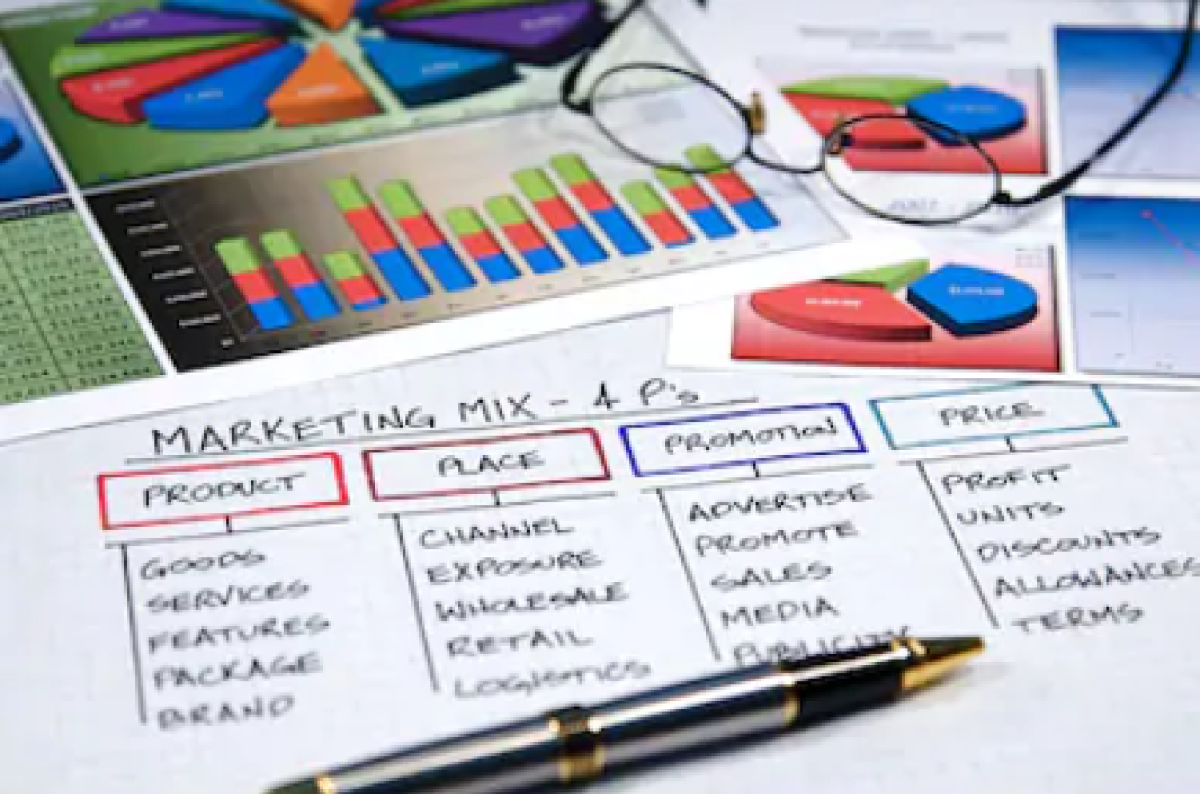Customer acquisition
What it takes to acquire customers
No business can survive without an adequate customer base. In fact, developing a good cusomter base should be the primary purpose of any business and the customer base should become the most valuable asset of the business.
But all to often, people start their business without giving sufficient thought to what it takes to acquire customers. Their focus is on the product or service they are providing, not on who their customer is, what the customer wants and how they plan to identify and inform the potential customer about the benefits of doing business with them.
If you are just starting a business or are looking for more customers, this is an overview of how to identify and obtain them.
The first step in acquiring customers is to shift your focus. Forget about what you want - new customers and concentrate on what the potential customer wants. This is not just trying to figure out what you can sell him. It is about putting his needs in front of yours. Your first step is to understand the customers needs and if you are not the best solution to the needs, then offer to help him find a better solution somewhere else.
The next step is to get a very clear picture of your ideal customer. You should know the demographics of your ideal customer:gender, age, educational background, hobbies, and interest just to name a few. If you don't know your customer you will not be able to target messages that will resonate with him. Consumers today are not looking for one size fits all solutions. They want to feel like a product or service is tailor made just for them. Therefore it is extremely important that you have a very clear picture of your ideal customer.
What are the wants/needs of your ideal customer and how does your product or service fill those needs? If you cannot clearly articulate a convincing answer to that question, you are going to have a tough time attracting customers. You should understand that people are moved more by wants than they are by needs. People will pay a lot more a lot sooner for things that they want than things they need.
When the doctor prescribes a medicine, do you care what it looks like, what color it is or the shape? No. You only care about one thing. Does it cure what was ailing you. You are only interested in the benefits of the medicine - not the medicine itself. The same is true of products or services that people buy. Their concern is not with the products and its features. They are concerned with the benefits. What is the experience they will get from using the product or service? That is the question you must answer. That is your selling position.
You should now have a good idea of what your ideal customer wants. The next step is to idenfity your ideal customer. Start by writing down all the things you can think of that describes your ideal customer. This should include an age range, it may or may not be gender specific, their educational background, their hobbies, interest, lifestyle. You need to know as much information about your ideal client as possible. If your potential client is a general cross section of the entire population - in other words a mass market, you have no economical way to get your message out to them. The better you can define your ideal customer, the better you will be able to target your message directly to them. You must narrow the focus. Trying to market to everybody will drive your marketing cost through the roof.
I have worked with many people trying to market low dollar products such as books, CDs, that appeal to very diverse market demographics. It just won't work. The cost of the product is too low to cover the necessary marketing cost to "get the word out". If the appeal was to a very narrow segment of the population, the value would be higher because of the specialized interest and the marketing cost would be lower because we would be able to laser targer the marketing effort.
Let's recap where we are. You have made sure that your product fills a want or a need. And you have identified your ideal customer and are certain that your ideal customer fits a demographic that is narrow enough that you can reach them economically based on your product or service.
The next step is to begin a relationship with your potential customer. Your job at this point should be to begin an education campaign so the customer can discover why your product or service fills his need. This is extremely important. If your customer decides that your product or service is what he needs, then he buys. If you tell him your product or service is what he needs, he is skeptical. So give him enough information for him to make a logical choice.
For you to turn a potential customer into an actual customer, it is necessary for you to build a trusting relationship. You do this by showing your potential customer that you are concerned about him and his needs. The more education you provide that is valuable to the customer, the more trust you build.
Building trust takes time. It does not happen overnight. Far too many people give up on the relationship before the customer has become comfortable with them and their product or service. Studies have shown that it takes an average of 5 to 6 contacts to make a sale. Most people stop their efforts after 1 or 2 contacts. Make sure you maintain contact. Your contact should always be additional information. Just calling or emailing to "ask for an order" is not the way to go. Providing informative information which helps the potential customer come to their own conclusion is the proper way to maintain contact.
If you are going to build a good customer base, you must focus on what the customer wants or needs, figure out the demographics of your ideal customer and begin a campaign to educate him so that he comes to the conclusion that your product or service is the best solution to his problem.
One mistake many people make is to take their existing customer base for granted. It is much easier - by over60% - to sell something to your existing customers than to develop new ones. So you should maintain contact with your existing customers and always be on the lookout for other things you can do for them.
Always think in terms of how you can help your customer. The more you are a solution to their wants/needs, the stronger your relationship will become and the more money you will earn as a result.








